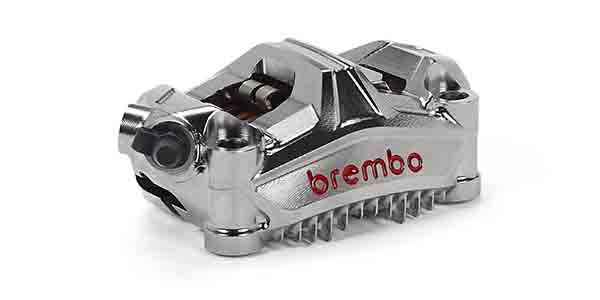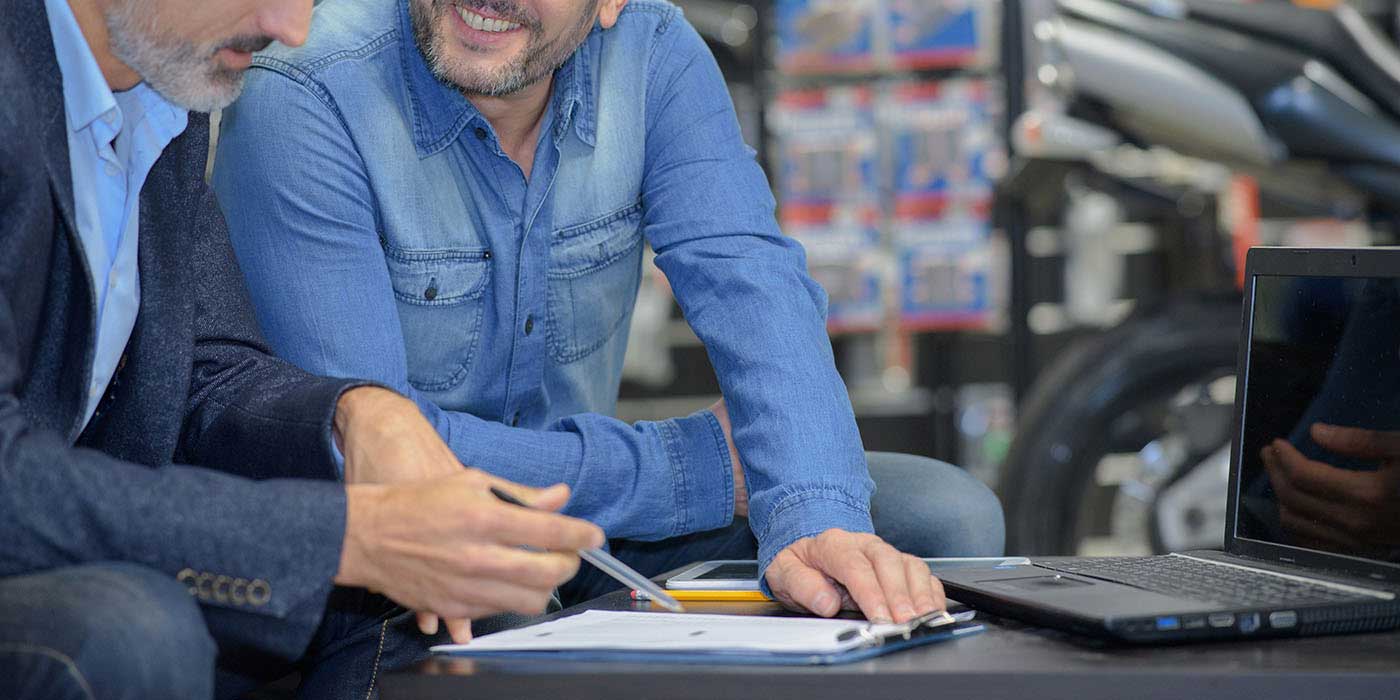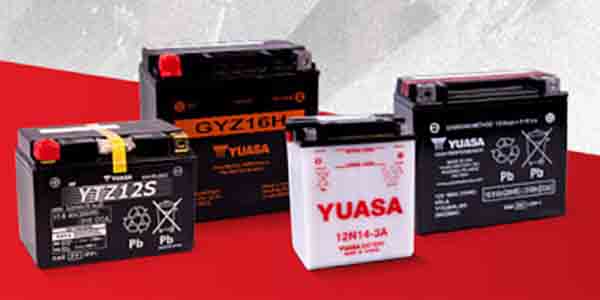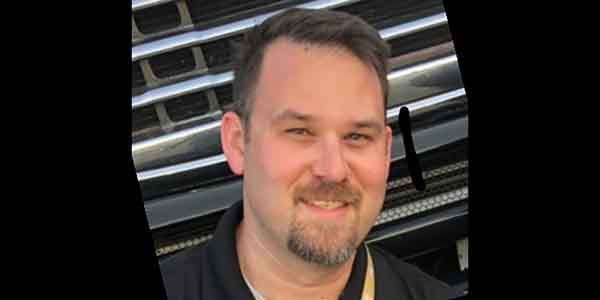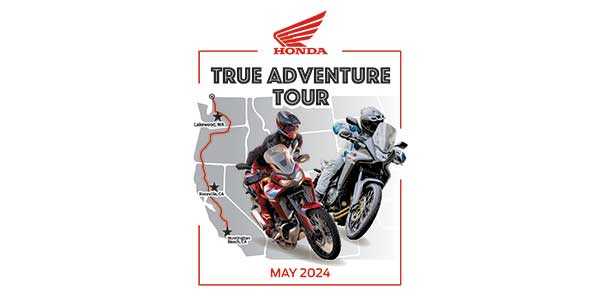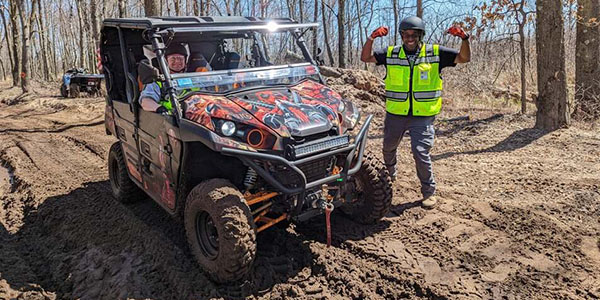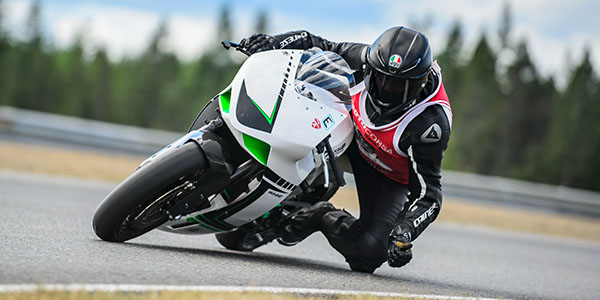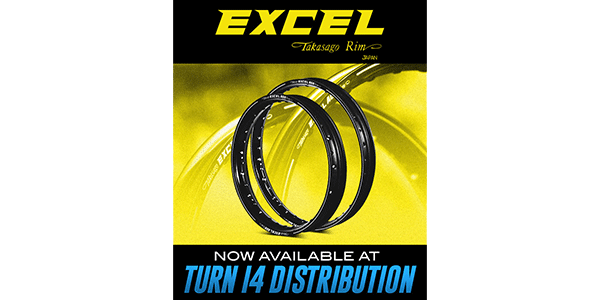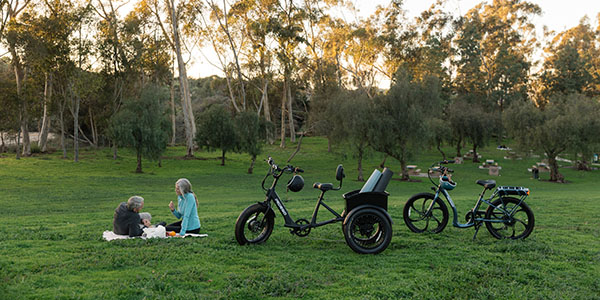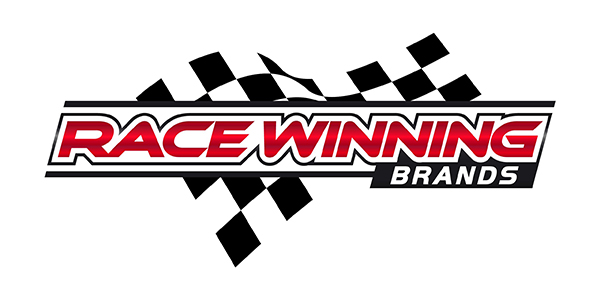In February 2007, I’ll be conducting a special seminar at the V-Twin Expo in Cincinnati. This time there will be no PowerPoint computer presentation. Instead, this one will be interactive, based entirely on input from the attendees.
Consider this a preview of my presentation. The big difference between this article and my presentation is the product focus, here I’m talking about the entire powersports industry. The seminar in Cinci will focus exclusively on the V-Twin market and their unique marketing options. Either way, you get the idea.
The title of the seminar, at least at this point is: How To Compete With The Big Boys … And Win. The program is designed for the small independent dealer or those who are suffering with growing pains.
First, let’s determine who the "big boys" are and what they do. Since everyone is looking for the consumers discretionary dollar, we can lump the big boys into two segments: motorcycle and non-motorcycle. Let’s look at the non-motorcycle big boys. We have names like Wal-Mart, K-Mart, Target, Sears, Lowes, Home Depot and CarMax among others.
These big boys have great buying power, which means they get the best prices from their suppliers. They also represent the majority of retailers when it comes to the dollars they vacuum from those who enter their doors.
What are their positive advantages? First, they are open long hours. Some are open 24 hours a day, and most are open seven days a week. Advantage two: They have huge, well lit parking lots. Advantage three: They are located in high visibility areas and have their stores on high traffic roads. Advantage four: These giants have regional warehouses that can re-supply them very quickly. For the most part their stores are also kept clean, well arranged and properly lit. They have enormous inventory in terms of both depth and breadth. Oh yes, let’s not forget to mention very competitive (read low!) prices on most goods.
Now let’s look at the motorcycle segment. I’m talking about the bigger dealerships that have sales in the tens of millions of dollars. Their advantages? They, like the non-motorcycle retailers, have large, well lit and well displayed stores. Many have large parking lots in prime areas — often within sight of a major thoroughfare or interstate highway. Most are open seven days a week … although I don’t know of any that are open 24 hours a day. They too have great buying power and are often romanced by the major aftermarket distributors.
So, what, if any, disadvantages do these big dealers have? First, because of their size it is very difficult to engage in relationship marketing. Instead, many rely on transactional marketing. They are less flexible, as they must be or they would be spending too much time making exceptions to rules. Many have high turnover of staff, which means there are more people in training and fewer people the customer can get to know. That can make them less accommodating and less friendly. These same attributes are the modus operandi of the big non-motorcycle stores. In both cases, their prime objective is low prices and low overhead, not individualized customer service.
The big boy retailers in the powersports industry got that way because, for the most part, they too started small but kept growing. However, they also learned what it takes to maintain relationships.
Can a small store compete and win? Absolutely! They can win if they focus on relationship marketing, knowing their customers, keeping in touch and creating an extended family atmosphere. They must engage in follow-up and prospecting. However, if they try to do just what the big boys do, they will be lucky to survive
The big boy in the jewelry business is Kay Jewelers. They have 1,663 stores. That’s more U.S. stores than any motorcycle OEM. Kay’s prices are very competitive, yet there are many very successful, small, independent jewelers who specialize in relationship marketing. They do it by selling unique, often upscale product lines.
Very large powersports mega-dealers can find it difficult to specialize. Their market is best served when they generalize. That means they often carry a wide range of high-volume, high-demand products. They tend to shy away from low volume specialty items that require special knowledge, which is just the opposite of the paradigm of the small independent dealer.
Now for the big question: Is there room for both mega and mini dealers in our marketplace? I think there is. Many of the mega dealers I’ve spoken with are thankful that there are small dealers who can do specialized work and are willing to handle unique products, just like the jewelers who compete with Kay. What can the small dealer do to compete? First, the service department should be willing to work on less popular units. Many small dealers focus on obsolete products that appeal to the collector. Those who have, have discovered a steady source of income, along with an appreciative clientele.
Here’s something else to consider, not everyone likes the Big Boxes. Some folks like the feeling of knowing the owner of the store. They appreciate being recognized and like being called by name. Is the differential in price between the mega and mini dealer the biggest inhibitor? No, price is the primary quest for less than 16% of all buyers. That means while the other 84% may be interested in getting the best price possible, they are looking for something more tangible. That large percentage of people I suspect liked the old Cheers TV sitcom. The show resonated with a very large portion of the American populace because there was something comforting about going to a place where everyone knows your name.
Today, a phone call to a business too often leaves you pushing buttons and following a series of instructions in order to get to talk to a human. Would you feel better if a real person answered the phone? Better yet if you recognized that person’s voice and knew his or her name? I sure would.


